What the world’s tourist attractions could have looked like
Incredible landmarks that never were
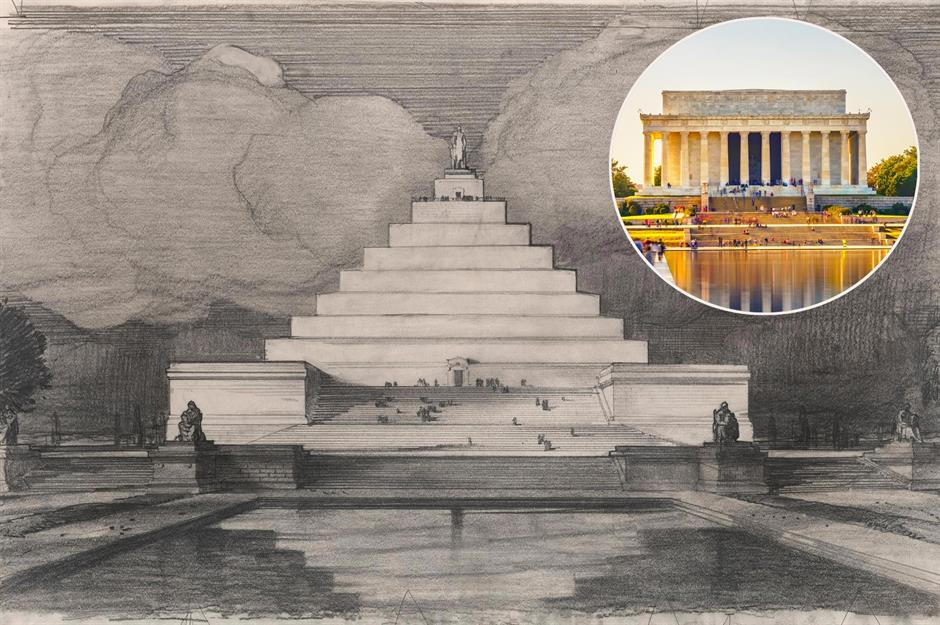
We can picture most of the world's famous landmarks in our mind's eye – the Eiffel Tower, the Sydney Opera House, the soaring Washington Monument. But these familiar attractions could have ended up looking very different indeed. Here we reveal original designs and alternative plans for some iconic monuments, so you can imagine the world's cityscapes as they might have been.
Read on to see the plans of world-famous landmarks that never materialised...
Washington Monument, Washington DC, USA
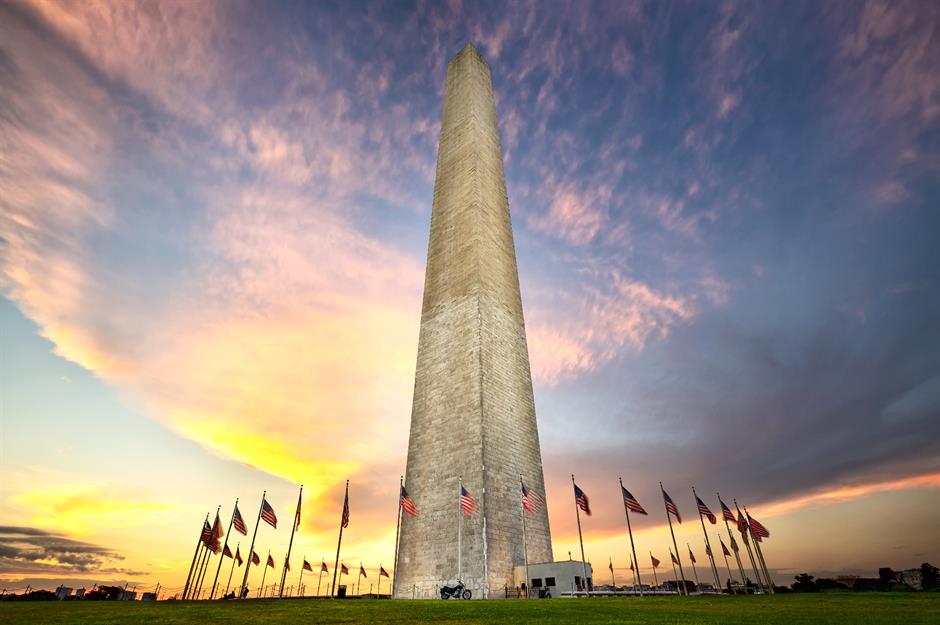
This mighty monument is one of the most striking sights in landmark-packed DC. The stark, marble obelisk soars 550 feet (168m) above the National Mall, and was built to commemorate America’s first president: its namesake, George Washington. Constructed over the course of nearly four decades (1848–1884), the landmark is celebrated for its simple, pared-back appearance – but it actually wasn’t intended to be so minimalist.
Washington Monument, Washington DC, USA
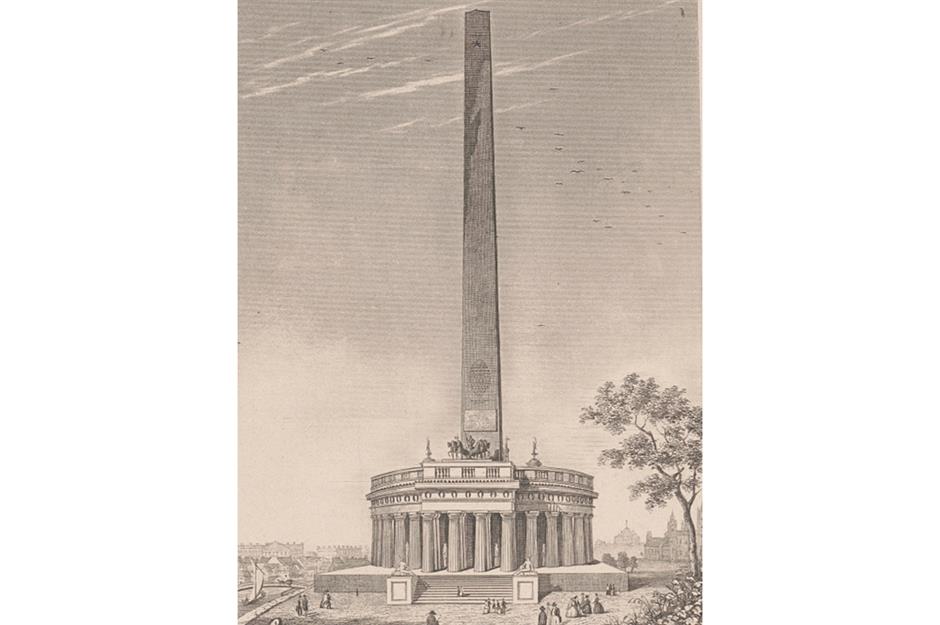
This 19th-century drawing shows the original designs for the monument. The work of American architect Robert Mills, it comprised the same mammoth obelisk, but also included a series of ornate columns inspired by the architecture of Greek temples. However, Mills' grand designs were never to be.
Construction was plagued by numerous issues, including a lack of funds and the onset of the Civil War, and the monument remained little more than a stump for decades. Work was finally resumed in the 1870s, and the sleeker, more cost-effective design we see today was favoured and completed.
Tower Bridge, London, England, UK
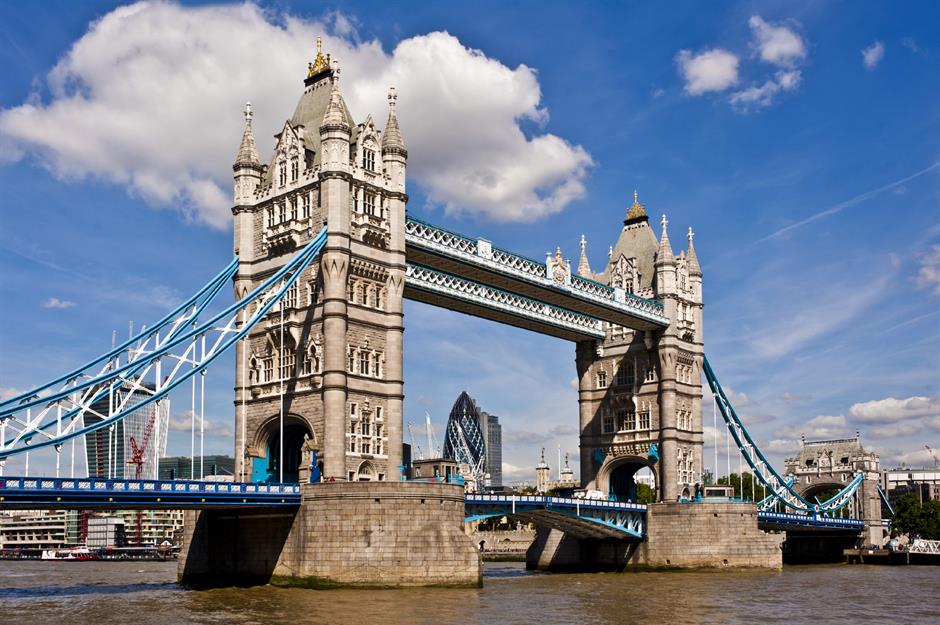
Plenty of bridges stud the River Thames, but none of them are more iconic than this one, with its hulking, Gothic towers and its striking pops of blue. Yet, though it’s hard to imagine, this design wasn’t always a sure bet. When the City of London Corporation decided to build a bridge here, they put out a call for ideas and more than 50 proposals were submitted.
Love this? Follow our Facebook page for more travel inspiration
Tower Bridge, London, England, UK
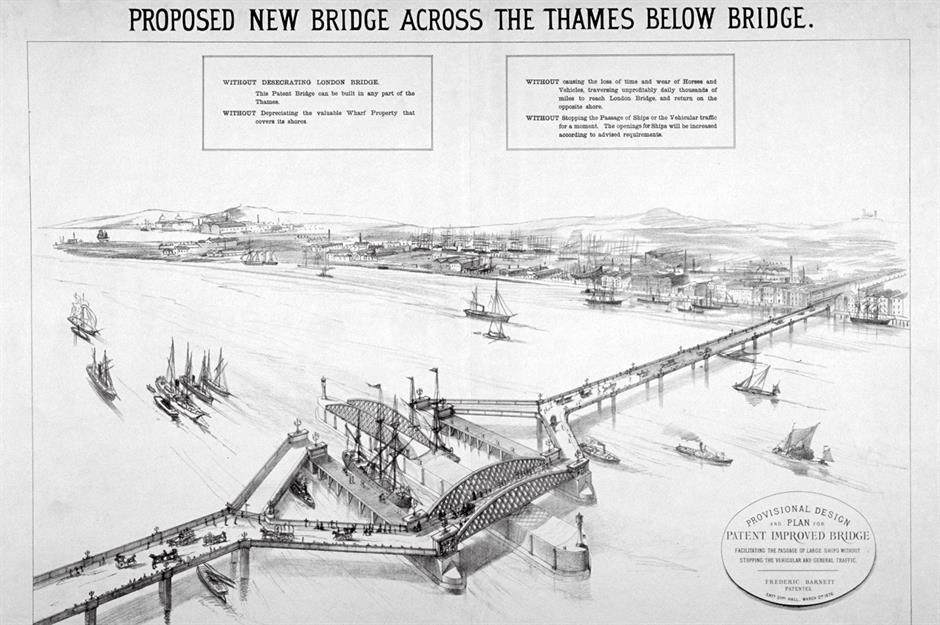
Tower Bridge, London, England, UK
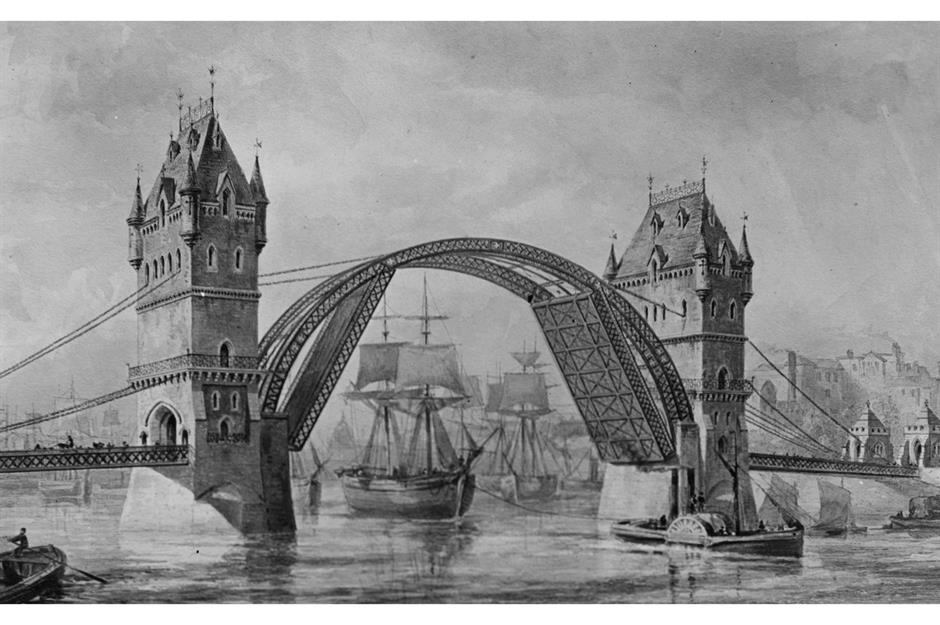
The winning proposal was hatched by Sir Horace Jones and this picture shows Jones’ early design for the structure. The sketch is instantly recognisable as the famed landmark we see today, save from the elegant upper arch that was replaced with a straight span. It took eight years (1886–1894) to realise Horace’s vision and, upon its completion, it was the largest and most elaborate bascule bridge in the world.
Arc de Triomphe, Paris, France
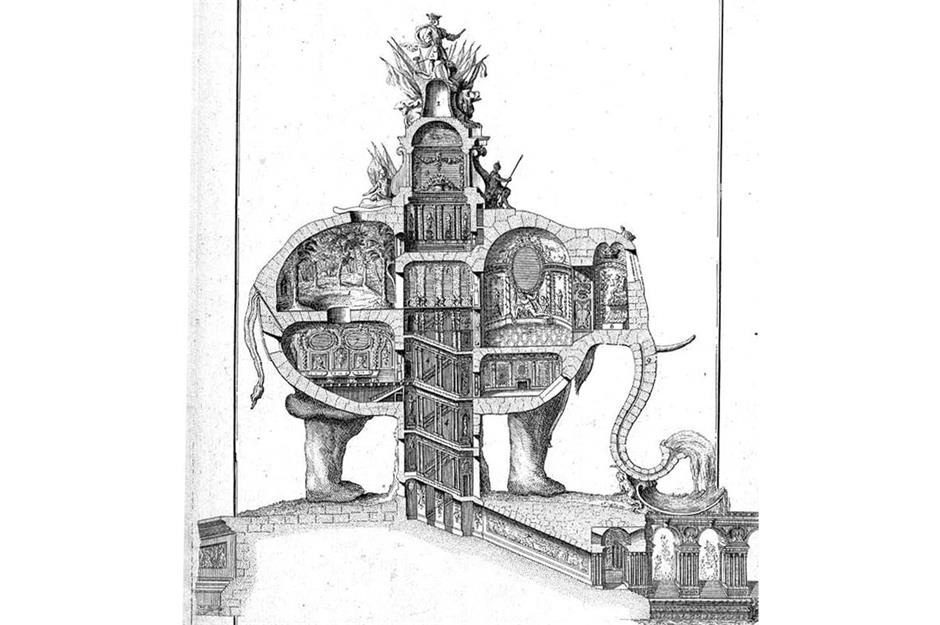
Can you imagine a colossal elephant in place of Paris’ elegant Arc de Triomphe? No, neither can we. But that was exactly what was proposed by French architect Charles Ribart in the 18th century. The elephant was to stand proud at the end of the Champs-Élysées, and would have comprised three storeys and a spiral staircase winding through its body.
Of course, Ribart’s eccentric design was turned down by French authorities.
Arc de Triomphe, Paris, France
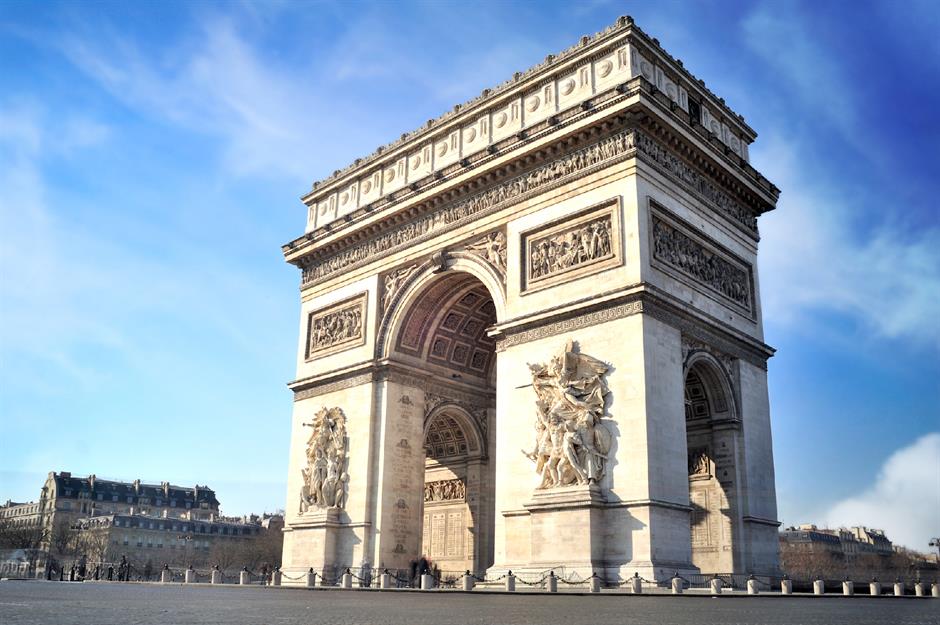
Instead, the monumental Arc de Triomphe was commissioned by Napoleon in 1806 and was set to be a marker of French military might, and a tribute to those who had fought for French victory in war. Its mammoth form and elaborate reliefs were the vision of French architect Jean-François-Thérèse Chalgrin, and the landmark took all of three decades to build.
It was finally opened by King Louis Philippe in 1836, and today remains a Parisian icon.
Sydney Opera House, Sydney, Australia
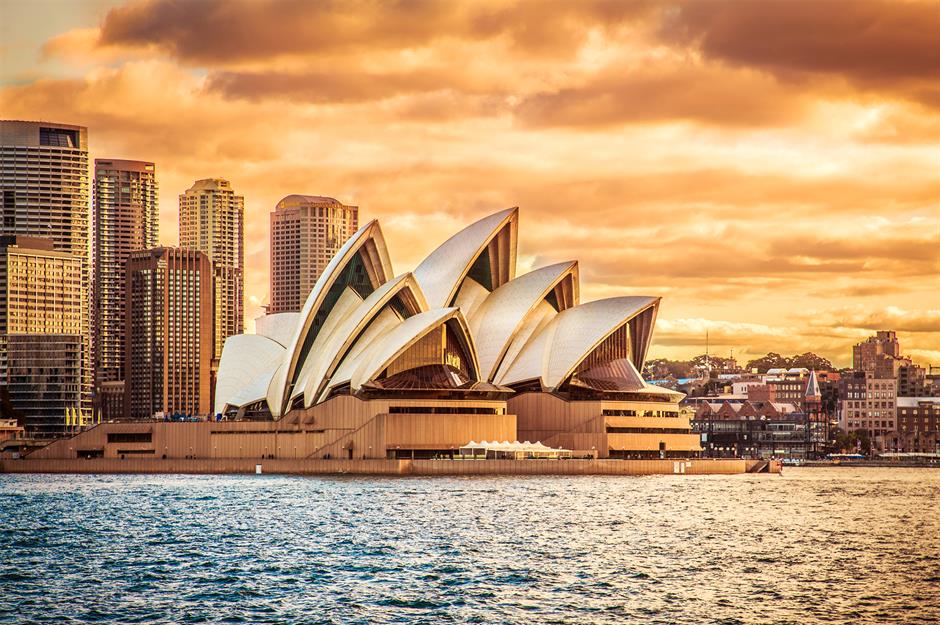
Sydney Harbour would be unrecognisable without its iconic Opera House, whose roof rises up like a series of waves, or sails in the wind. The landmark’s design was cooked up by Danish architect Jørn Utzon, but it was not without some serious competition. In fact, Utzon beat out rivals in a contest that had a whopping 223 entries from creative minds in 28 countries.
Sydney Opera House, Sydney, Australia
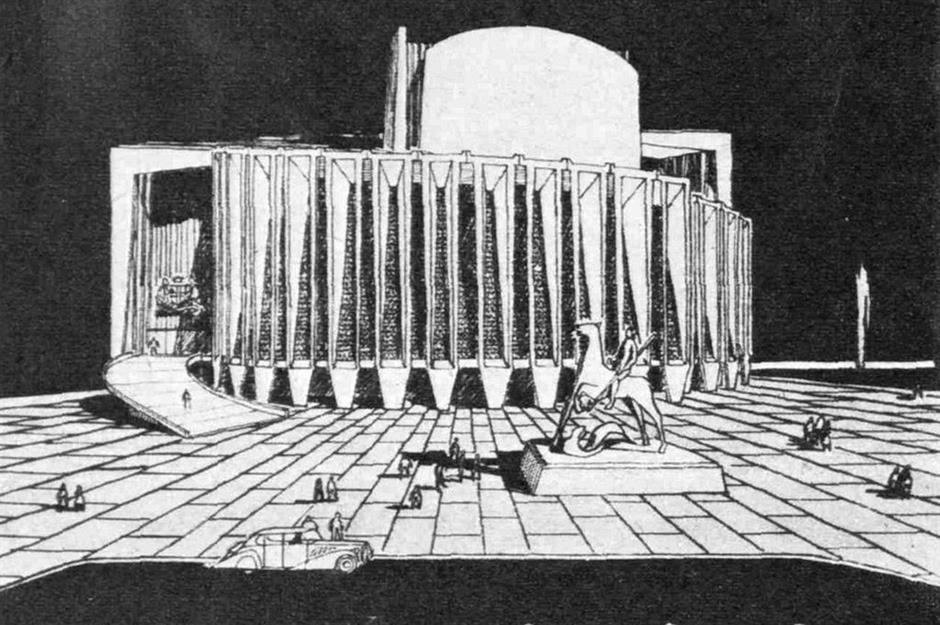
One of the entries was this one from Joseph Marzella, which scooped up second place. Judges were impressed with the hulking, Brutalist blueprint, praising its robustness and commenting on its striking “circular plan” and “spiral form”. But they ultimately passed it over in favour of Utzon’s idea.
The chosen design was not without its controversies, and it was costly and complicated to build – but today it’s hard to envisage the Opera House, finally finished in 1973, looking any other way.
Central Park, New York City, New York, USA
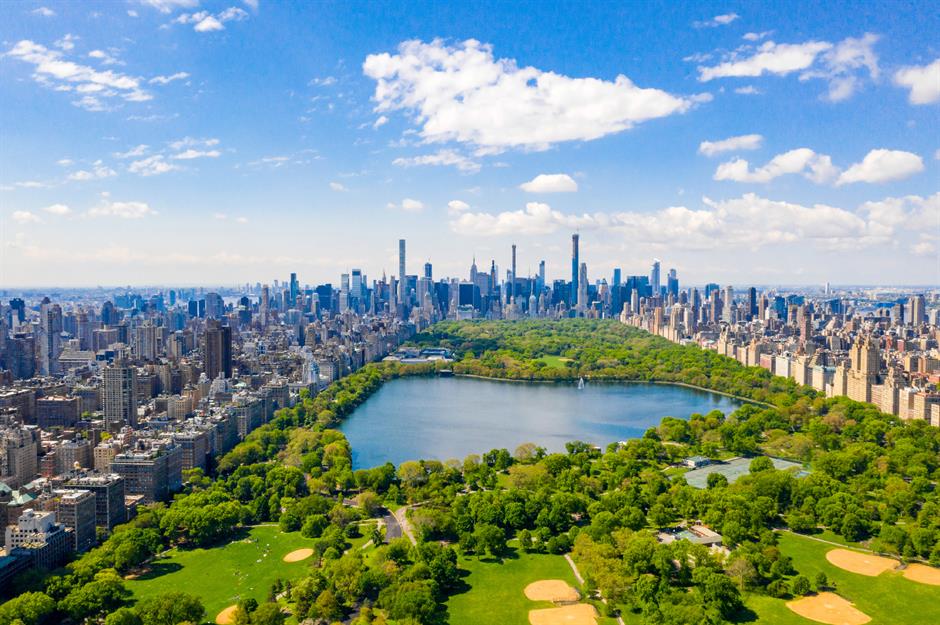
New York’s Green Lung stretches out for 843 acres today, with ponds, leafy trails, a zoo and even a castle folded into its borders. It was actually the first landscaped park in the USA, but it was costly in more ways than one: its construction involved the displacement of thousands of people, including a predominantly African-American settlement called Seneca Village.
The park was championed by the city's wealthiest residents, though, who intended it to imitate the elegant, manicured green spaces across Europe. Its design was settled in a competitive contest.
Central Park, New York City, New York, USA
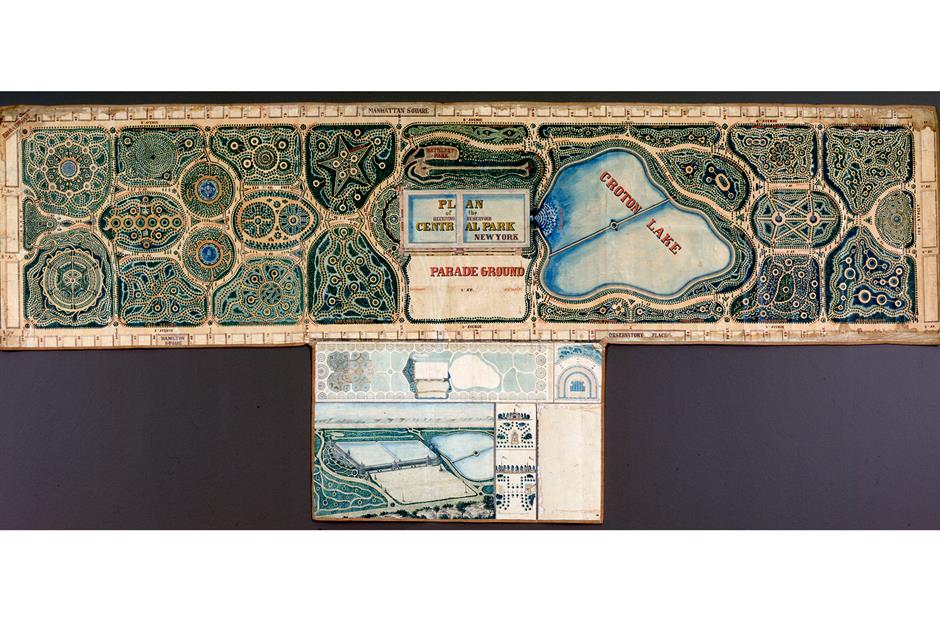
The competition ran in the 1850s and the winning proposal was the Greensward Plan, put forward by Calvert Vaux and Frederick Law Olmsted, and characterised by vast swathes of open greenery. Theirs was not the only design that turned heads, though. Among the many entries from experts and amateurs alike was this one from John Rink.
Much more fancy and fiddly than the Greensward Plan, it comprised a series of symmetrical Baroque-style gardens, all neat paths, topiaried hedges and picture-perfect flower beds. We reckon the laid-back, winning design suits the Big Apple much better.
St Paul’s Cathedral, London, England, UK
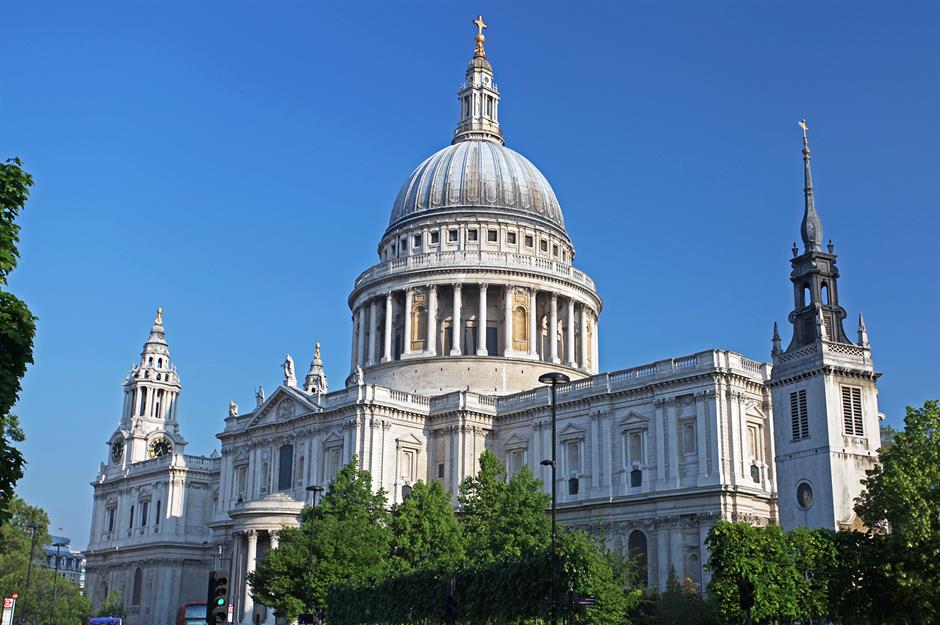
St Paul’s dates right back to AD 604, when a cathedral dedicated to the apostle was first erected. But, having been plagued by fire and invaders over the years, the shape-shifting sacred building didn’t take its current form until the 1600s, when it was reconstructed by Christopher Wren after the Great Fire of London (1666).
St Paul’s Cathedral, London, England, UK
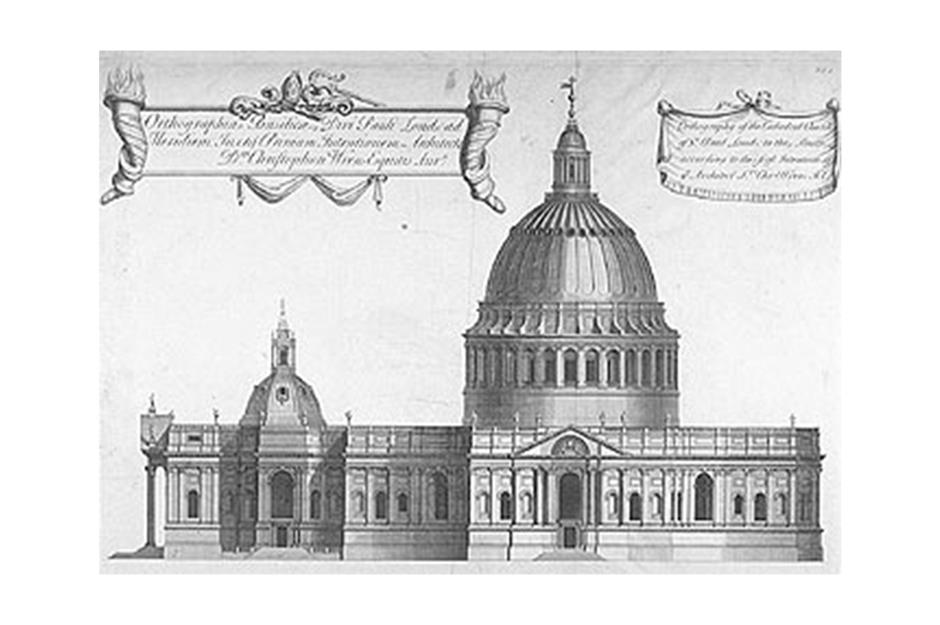
It took Wren some time to get his masterpiece just so, and several alternative designs preceded the one we see today. First off was the Greek Cross Design (pictured). It still included the cathedral's signature, colossal dome, but also had another, smaller domed vestibule at the western end.
This concept was rejected by religious leaders, though, so Wren went back to the drawing board.
St Paul’s Cathedral, London, England, UK
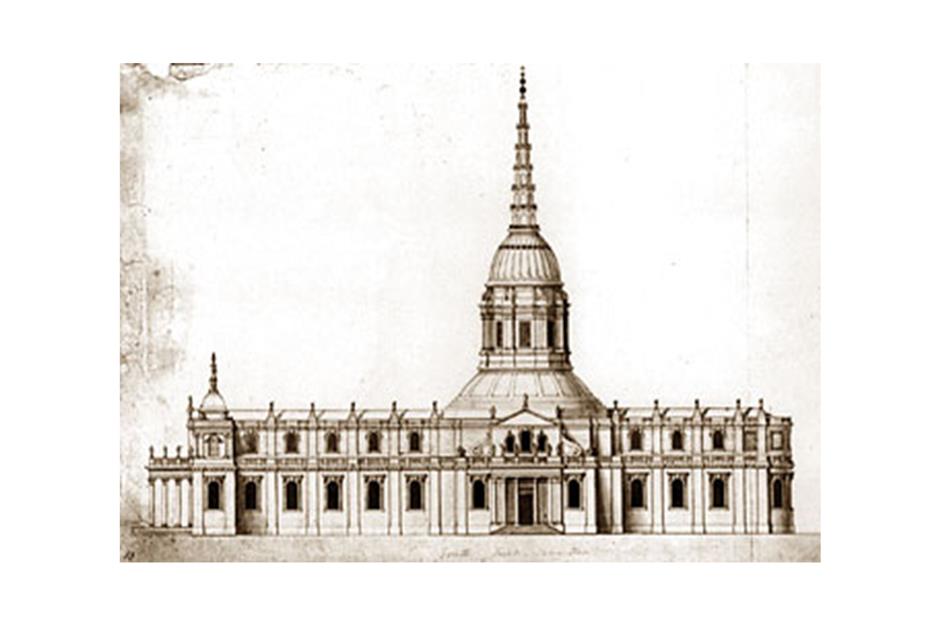
The subsequent Warrant Design (pictured) included graceful porticos, plus a smaller, pagoda-like dome and a taller spire. It got the go-ahead straight away, though Wren used his creative license to tweak the blueprint as he went for today’s dramatic results. The cathedral was finally finished in 1708.
Eiffel Tower, Paris, France
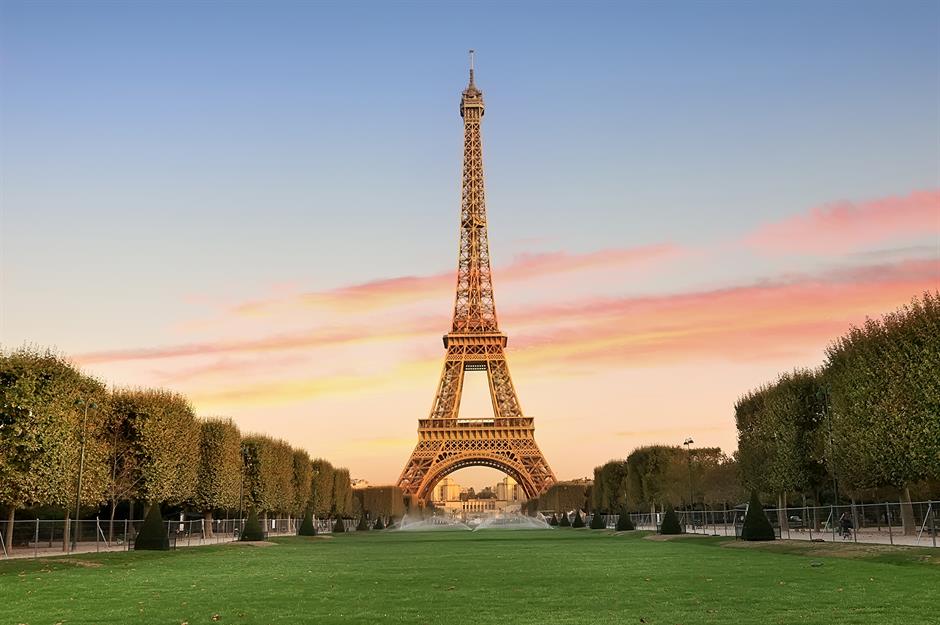
A famed symbol of Paris, the Eiffel Tower has watched over the City of Light in all its latticed glory since 1889, when it was first completed for the World’s Fair. Remarkably, it shot up in just over two years, a titan among landmarks comprising 7,300 tonnes of iron and seeing up to 300 workers on the construction site.
Though named for Gustave Eiffel, whose celebrated company oversaw the project, it was actually Emile Nouguier and Maurice Koechlin, two engineers working in Eiffel’s firm, who first conceived of the idea in 1884.
Eiffel Tower, Paris, France
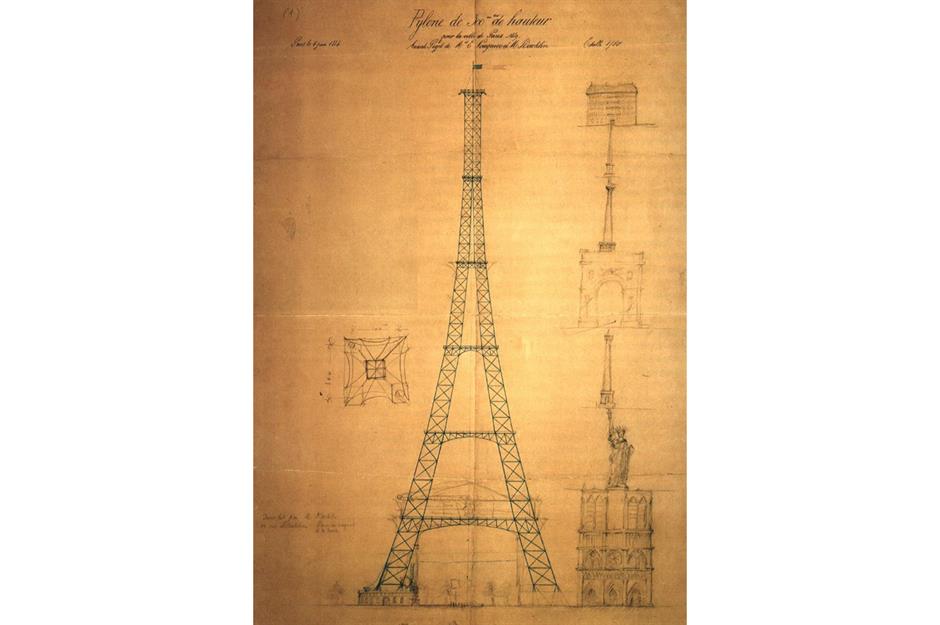
Though they no doubt resemble the finished product, Nouguier and Koechlin’s early sketches (pictured) were much starker and simpler than the vision of the tower we’re so familiar with. The architect Stephen Sauvestre was then employed to embellish the pair’s initial designs, and it was him that proposed the large, decorative arches at the structure’s base.
The 984-foot (300m) tower wasn’t without its critics at first but, of course, its naysayers eventually quieted and it remains an emblem of France today.
Sydney Harbour Bridge, Sydney, Australia
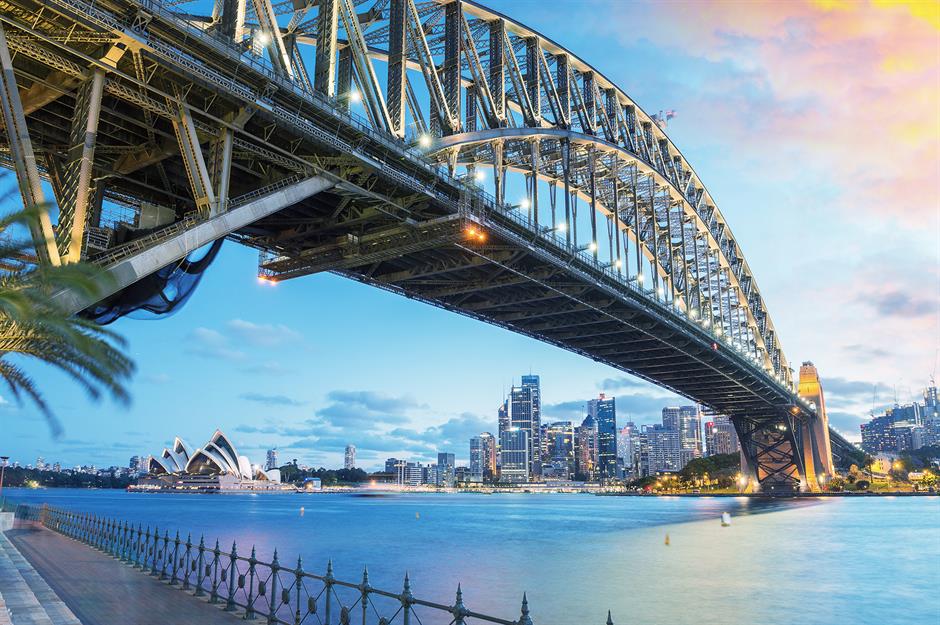
Another infamous landmark Down Under, the Sydney Harbour Bridge is a gigantic steel-arch structure that dates back to 1932, connecting the city’s downtown area to the suburbs. The bridge, fondly nicknamed 'the Coathanger', took eight years to complete (1924–1932) and was the combined vision of figures including engineers John Bradfield and Sir Ralph Freeman. But theirs were not the only minds at work.
Sydney Harbour Bridge, Sydney, Australia
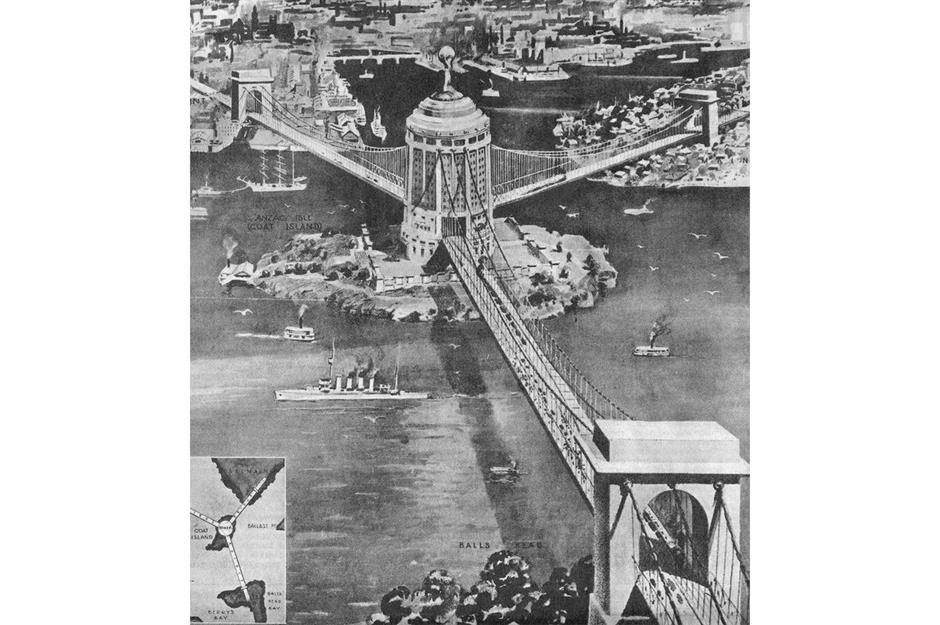
In 1922, architect Francis Ernest Stowe submitted this dramatic proposal for the Sydney Harbour Bridge. His wacky design consisted of three large spans, all striking out from a 500-foot (152m) high tower on Goat Island at the centre. If his ideas had been snapped up, Sydney’s cityscape would look very different indeed.
Take a look at these incredible images of the world's tourist attractions under construction
Tribune Tower, Chicago, Illinois, USA
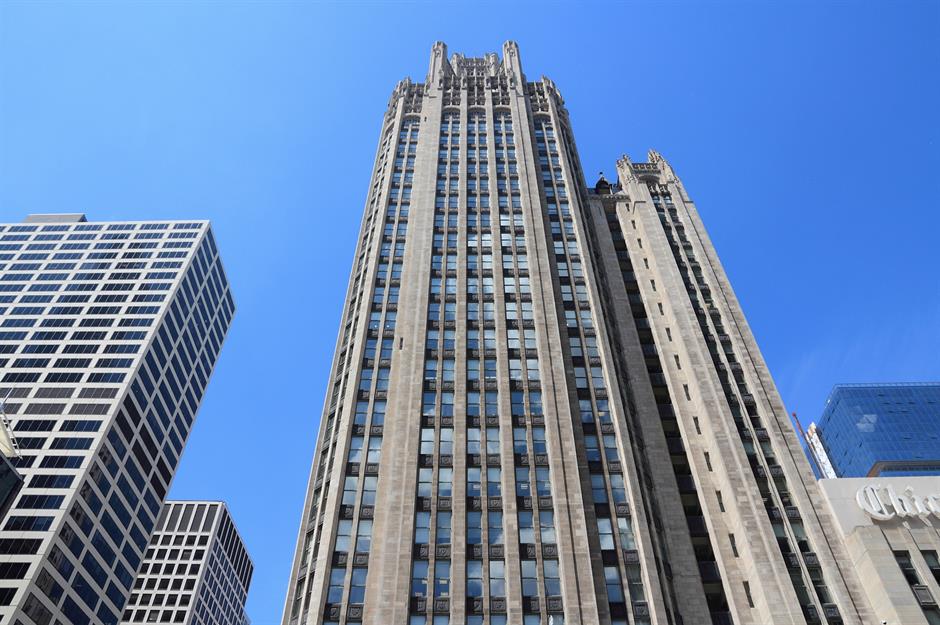
Chicago is known as the birthplace of the skyscraper and its cityscape is a forest of soaring buildings. One of the most treasured is the Neo-Gothic Tribune Tower, which was conceptualised by American architects John Mead Howells and Raymond Hood, and erected in the 1920s. However, there were plenty of other design options for the landmark in the mix.
Tribune Tower, Chicago, Illinois, USA
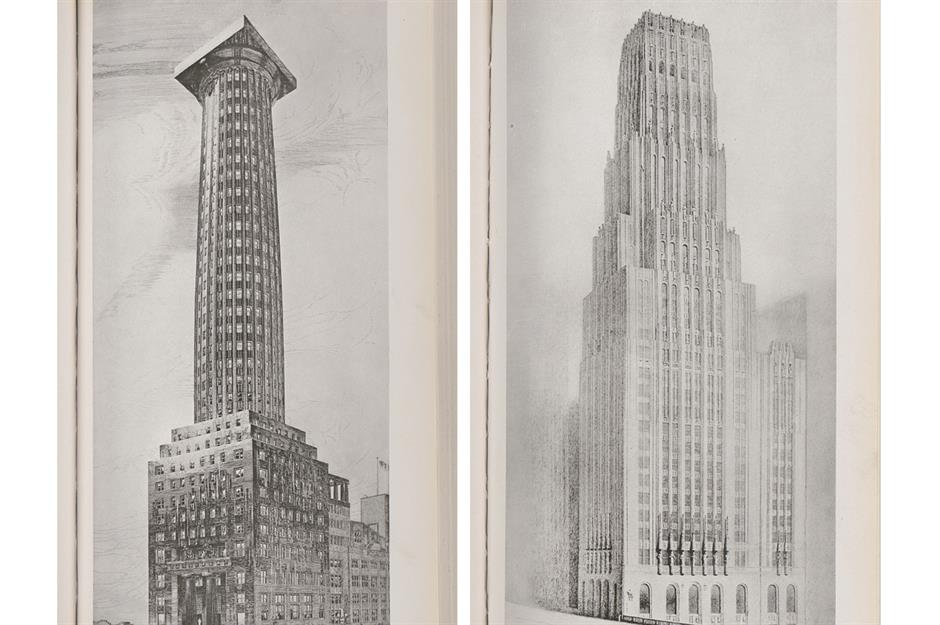
Heavyweights at the Chicago Tribune newspaper called on architects to design them a beautiful new HQ as a celebration of their 75th anniversary. Numerous lauded architects took up the challenge and entered the international competition, including Adolf Loos, whose enormous Doric column-style vision is pictured left.
Other notable entries included an offering by Eliel Saarinen, whose modern, stepped skyscraper (pictured right) took second place. Still, though, Howells and Hood’s design won out in the end.
Notre-Dame Cathedral, Paris, France
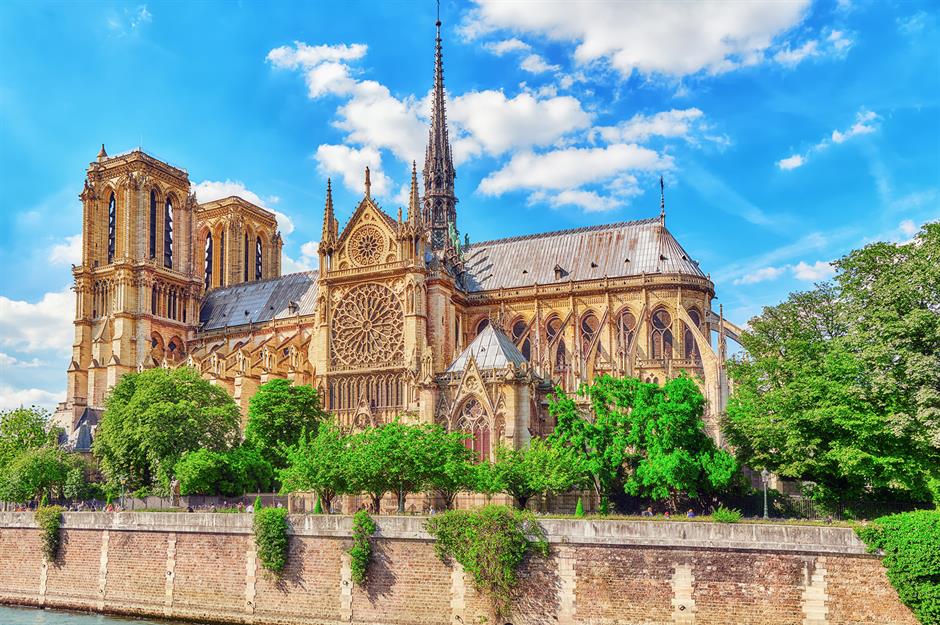
In April 2019, the world watched as Paris’ majestic Notre Dame Cathedral (pictured here before the fire) was engulfed by flames. The church, a Gothic wonder constructed in the Middle Ages and tinkered with plenty over the years, was entirely ravaged by the fire, its roof and soaring spire caving in.
After the blaze, there was much debate about what the reconstructed landmark should look like and some striking ideas were floated.
Notre-Dame Cathedral, Paris, France
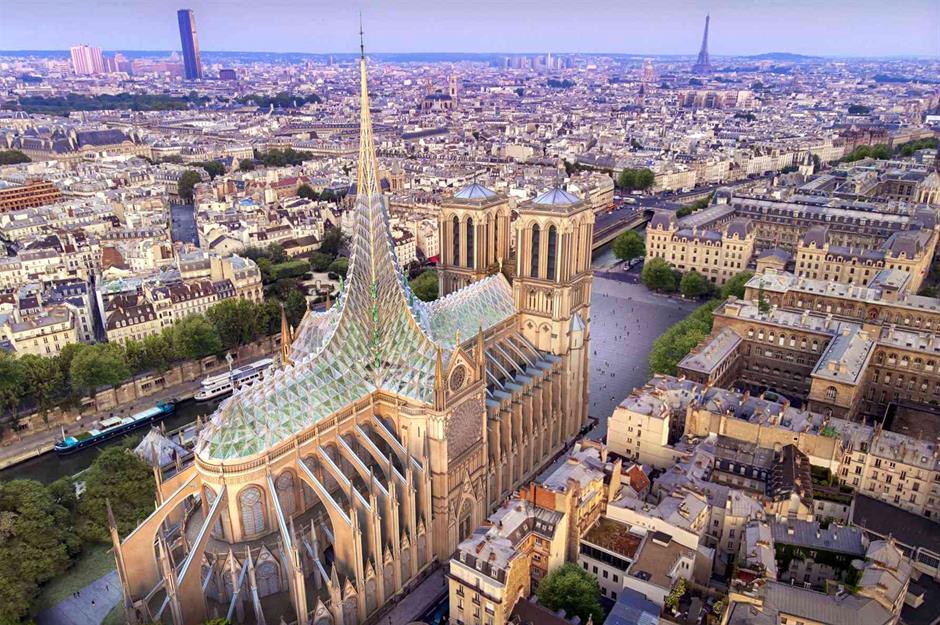
Among them was this head-turning, eco-friendly design from Vincent Callebaut Architectures, which featured a towering, glass-clad roof and spire. Plans included a design that would make the high-tech building produce more energy than it guzzled up, and that it would even play host to a fruit and vegetable farm.
It seemed at first that French authorities were keen on this and other futuristic design proposals, however, in a dramatic one-eighty, the historic cathedral was restored to its former glory and reopened in December 2024.
Clifton Suspension Bridge, Bristol, England, UK
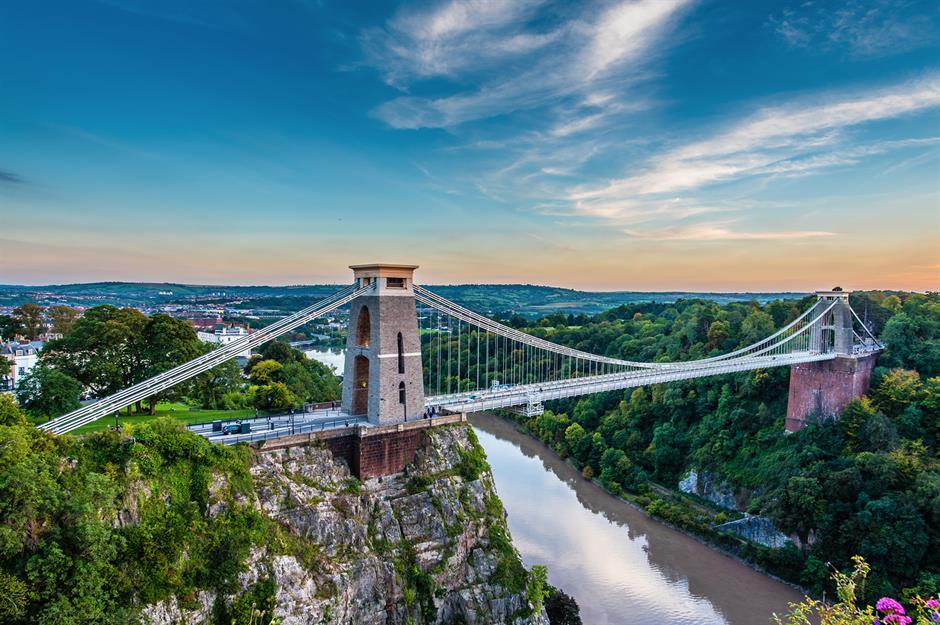
Bristol’s most distinctive landmark, the Clifton Suspension Bridge swoops over the Avon Gorge and was principally designed by Isambard Kingdom Brunel, a young, plucky architect at the time. The bridge was a mammoth feat whose construction was begun in the 1830s, and not completed until 1864.
However, another design for the bridge existed much earlier too.
Clifton Suspension Bridge, Bristol, England, UK
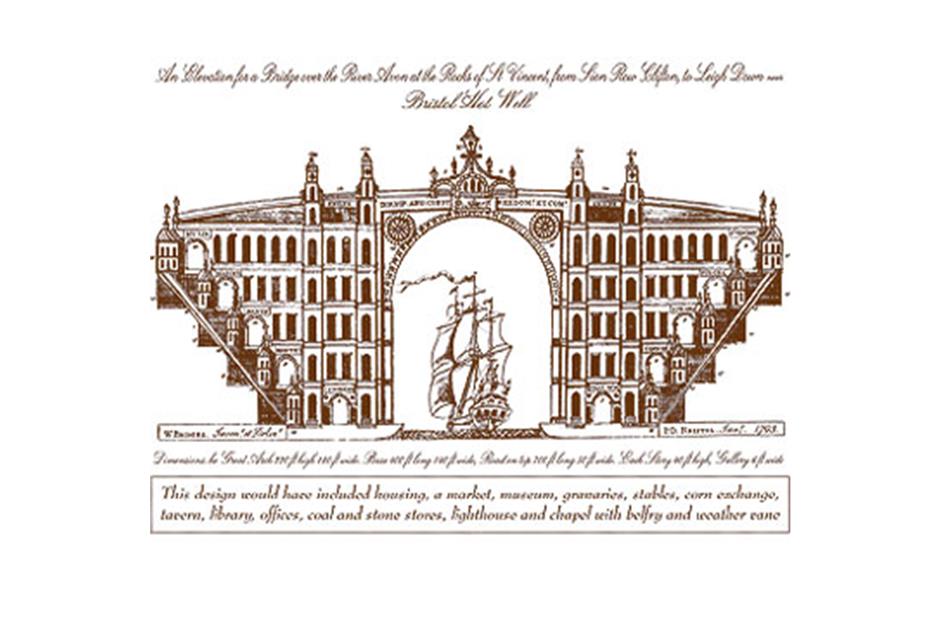
When the idea for a bridge was first proposed in the 1700s, architect William Bridges came up with this bold design, with a decorative stone arch and imposing support structures housing factories. However, the onset of the French Revolutionary Wars meant Bridges’ design was not realised at the time.
Then, in later decades, when the project was raised once more, Bridges' proposals were overlooked in favour of Brunel’s more streamlined vision.
Lincoln Memorial, Washington DC, USA
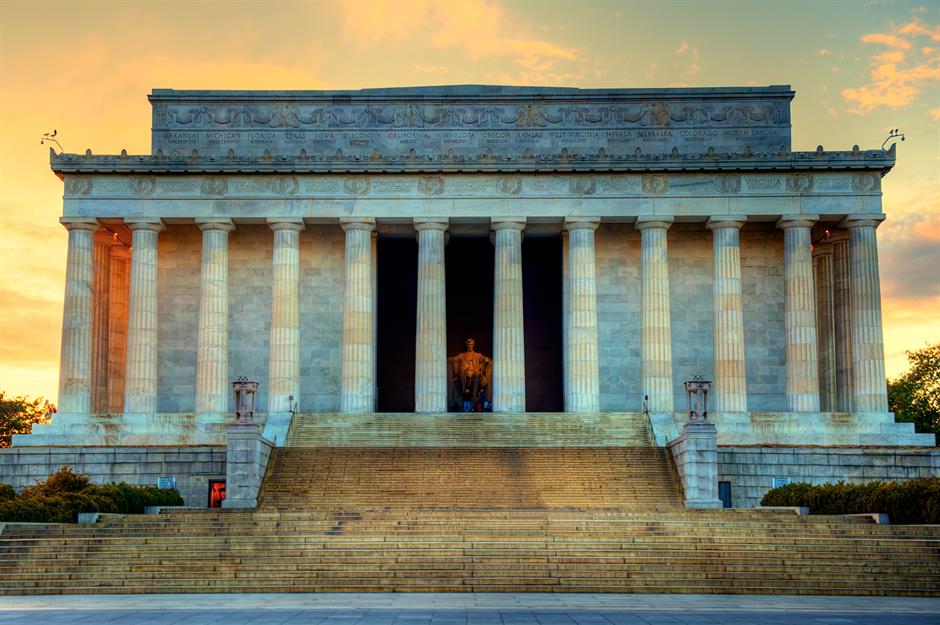
A defining feature of DC’s National Mall, the Lincoln Memorial is an elegant tribute to America’s 16th president. Designed by Henry Bacon, the monument takes the form of a Greek Doric temple with a mighty marble statue of Lincoln himself seated inside. But architect John Russell Pope, (whose firm ultimately built the Jefferson Memorial) had other, much different ideas.
Lincoln Memorial, Washington DC, USA
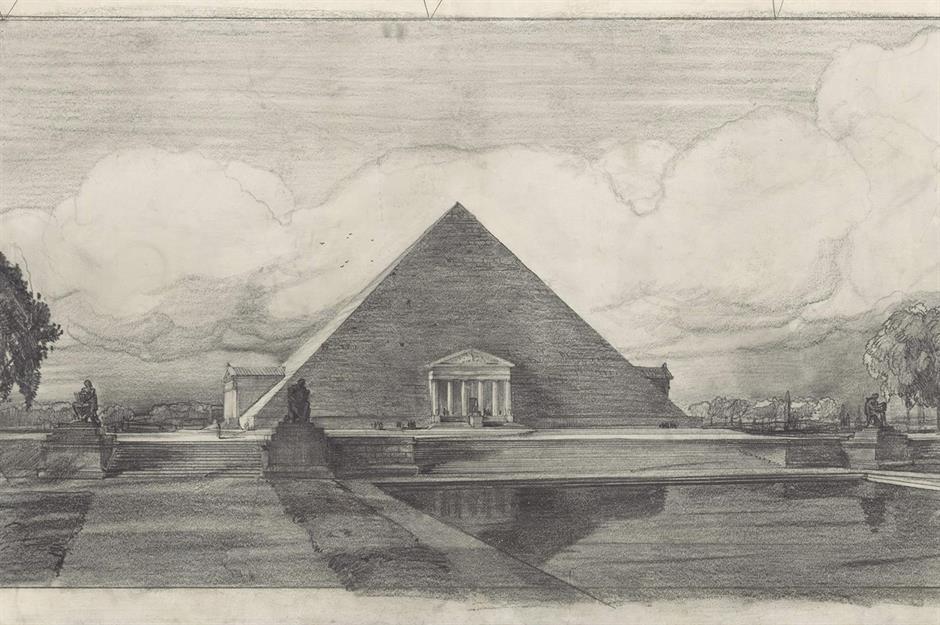
Officials deliberated long and hard over how to immortalise the late president and they received proposals from notable architects of the day, including John Russel Pope. Pope submitted multiple designs, each as far-out as the next, and they included this portico-fronted pyramid reminiscent of Ancient Egypt.
Lincoln Memorial, Washington DC, USA
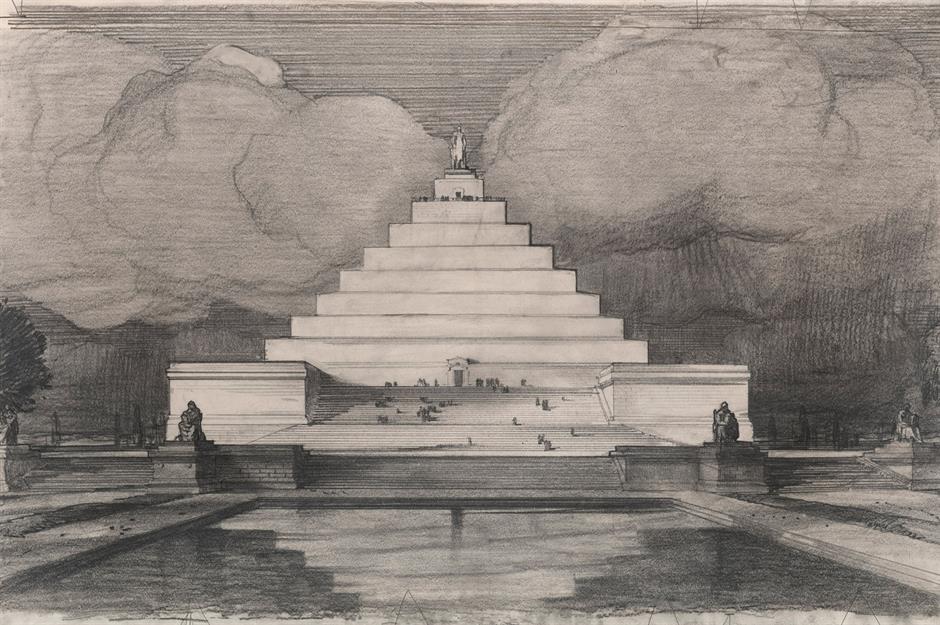
Another of Pope’s outlandish proposals was this Ziggurat-style monument crowned with a huge statue of Lincoln, and also inspired by the buildings of ancient civilisations. Still, despite Pope’s ambition, his visions weren’t to be. Authorities plumped for Bacon’s graceful, more modest design and it was finally dedicated in 1922.
Now take a look at these incredible pictures of tourist attractions that no longer exist
Comments
Be the first to comment
Do you want to comment on this article? You need to be signed in for this feature